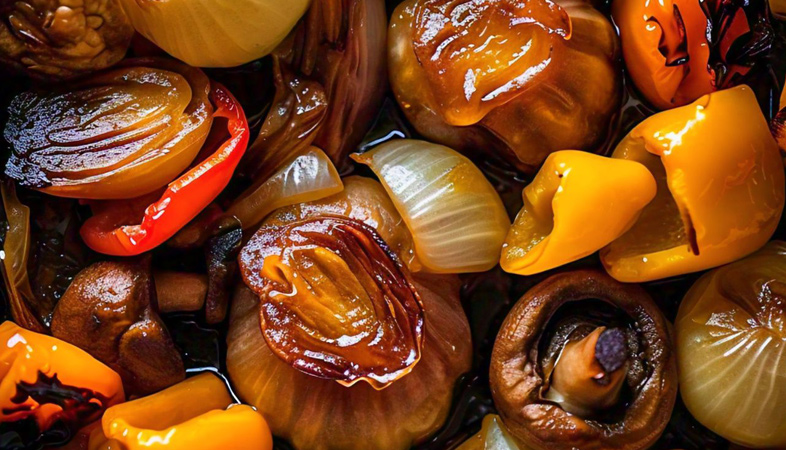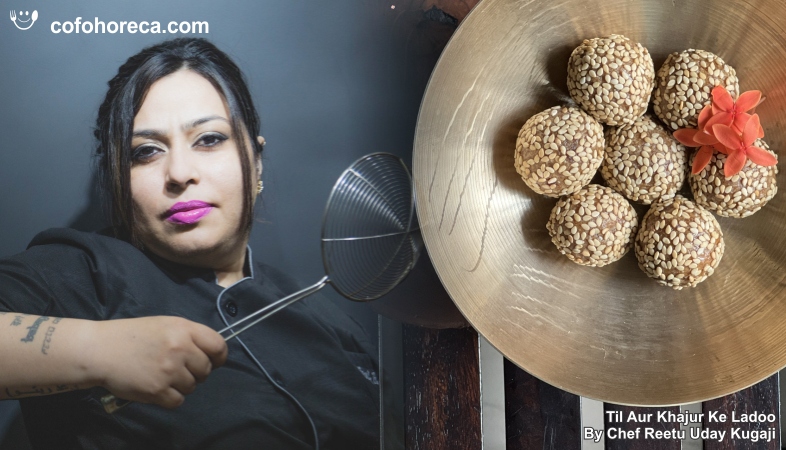Caramelization Beyond Sugar: Unleashing Complex Flavors with Vegetables
Vegetables, when subjected to the same principles of heat and time, can develop complex flavors that elevate both their taste and texture.
Caramelization is often associated with sugar, where the
process transforms simple sweeteners into deep, rich flavors that enhance a
variety of dishes. However, the art of caramelization is not limited to sugar
alone. Vegetables, when subjected to the same principles of heat and time, can
develop complex flavors that elevate both their taste and texture.
Understanding how to harness this technique can revolutionize the way we
approach cooking vegetables, turning them into star ingredients in any dish.
When vegetables are exposed to high heat, the natural sugars they contain begin to caramelize. This reaction not only adds sweetness but also introduces a multitude of flavors, creating a depth that transforms ordinary vegetables into extraordinary side dishes or main attractions. Onions are perhaps the most well-known example of this phenomenon. As they cook, their natural sugars caramelize, turning them from sharp and pungent to sweet and rich, providing a flavor base for soups, stews, and sauces.
Caramelization is not exclusive to onions; many other vegetables can benefit from this technique. Carrots, for instance, when roasted or sautéed, develop a delightful sweetness that pairs beautifully with spices and herbs. Their vibrant color and natural sugars make them ideal candidates for caramelization. Similarly, bell peppers, when grilled or roasted, become tender and sweet, making them an excellent addition to salads, sandwiches, or as a side dish. By embracing caramelization, chefs can create flavorful vegetable-centric dishes that appeal to a wide range of palates.
The process of caramelizing vegetables is relatively simple but requires attention to detail. The key is to use the right cooking method and temperature. High, dry heat works best for caramelization. Techniques such as roasting, grilling, or sautéing can achieve the desired results. It’s essential to ensure that the vegetables are cut into uniform sizes to promote even cooking and caramelization. Additionally, a bit of oil or fat can help facilitate the process, promoting browning and flavor development.
Timing is crucial in the caramelization process. Vegetables need to be cooked long enough for their sugars to break down and develop complex flavors. This may take anywhere from 15 to 45 minutes, depending on the type and size of the vegetable. During cooking, stirring occasionally helps to ensure even browning and prevents burning. The result is a beautifully caramelized vegetable with a rich, complex flavor that can enhance any dish.
Using caramelized vegetables as a base for other flavors can also lead to exciting culinary creations. For example, a mixture of caramelized onions, garlic, and peppers can form a flavorful base for sauces, soups, or stews. By adding broth, herbs, and spices, a chef can create a depth of flavor that showcases the caramelized vegetables while providing a robust dish. These ingredients can also serve as toppings for pizzas or flatbreads, adding a gourmet touch to a simple meal.
Incorporating caramelized vegetables into baked dishes can create an inviting and complex flavor profile. For instance, adding caramelized carrots or sweet potatoes to a savory galette can provide sweetness and depth that contrasts beautifully with the flaky pastry. Similarly, incorporating caramelized Brussels sprouts or cauliflower into a gratin adds layers of flavor that elevate the dish from ordinary to extraordinary.
Beyond flavor, caramelized vegetables can also add texture and visual appeal to a dish. The browning that occurs during caramelization creates a pleasing contrast to bright, fresh ingredients. The crispy edges and tender centers of caramelized vegetables can enhance salads, grain bowls, or roasted vegetable medleys, providing both flavor and texture diversity.
For those looking to explore the versatility of caramelized vegetables further, experimenting with different combinations can lead to exciting culinary discoveries. Mixing and matching various vegetables, such as beets, squash, and asparagus, can create unique flavor profiles and colorful presentations. Adding herbs and spices, such as thyme, rosemary, or cumin, during the cooking process can also introduce additional layers of complexity.
Caramelization is a transformative cooking technique that extends far beyond sugar. By applying the principles of caramelization to vegetables, chefs can unlock a world of complex flavors and textures that elevate their culinary creations. Embracing this technique allows for the transformation of humble ingredients into show-stopping dishes that highlight the natural sweetness and richness of vegetables. As diners increasingly seek out plant-based options, mastering the art of vegetable caramelization can help chefs deliver flavorful, satisfying meals that celebrate the beauty and versatility of fresh produce. With a little practice and creativity, the potential for culinary innovation through caramelized vegetables is truly limitless.
.png)




























